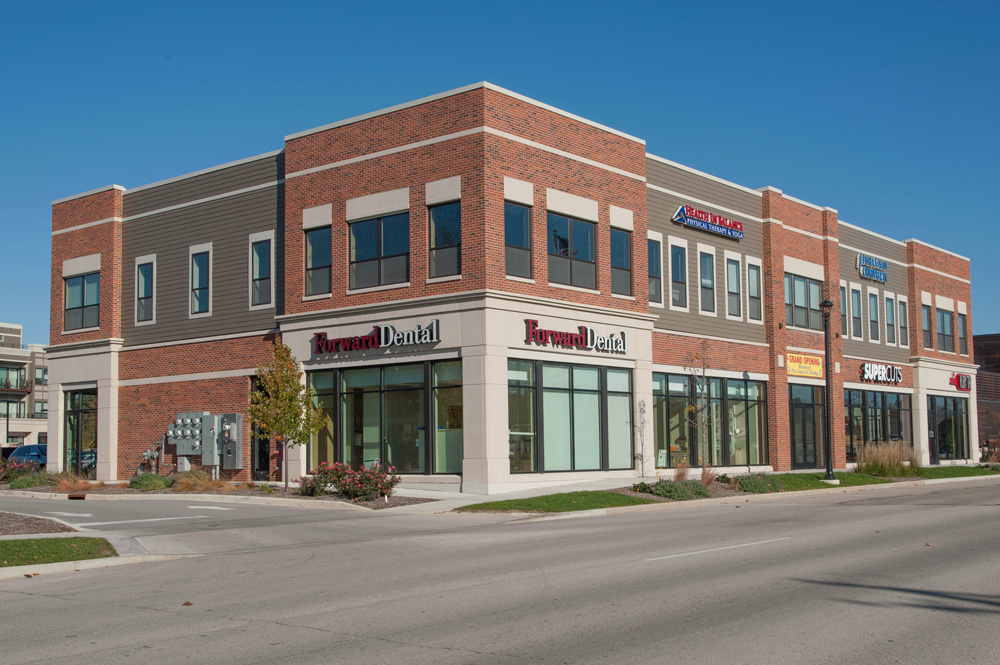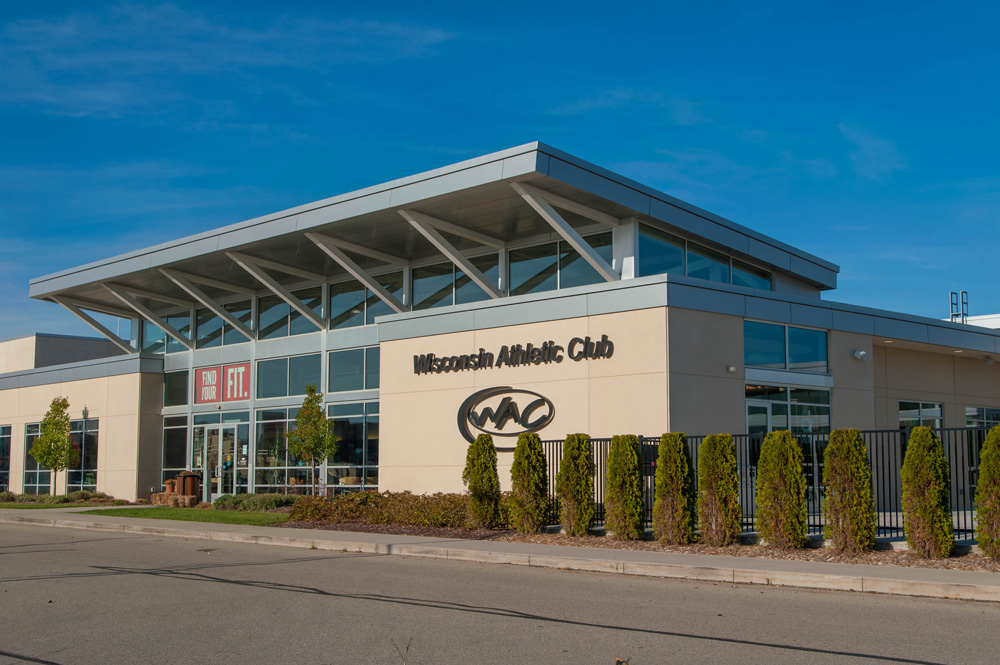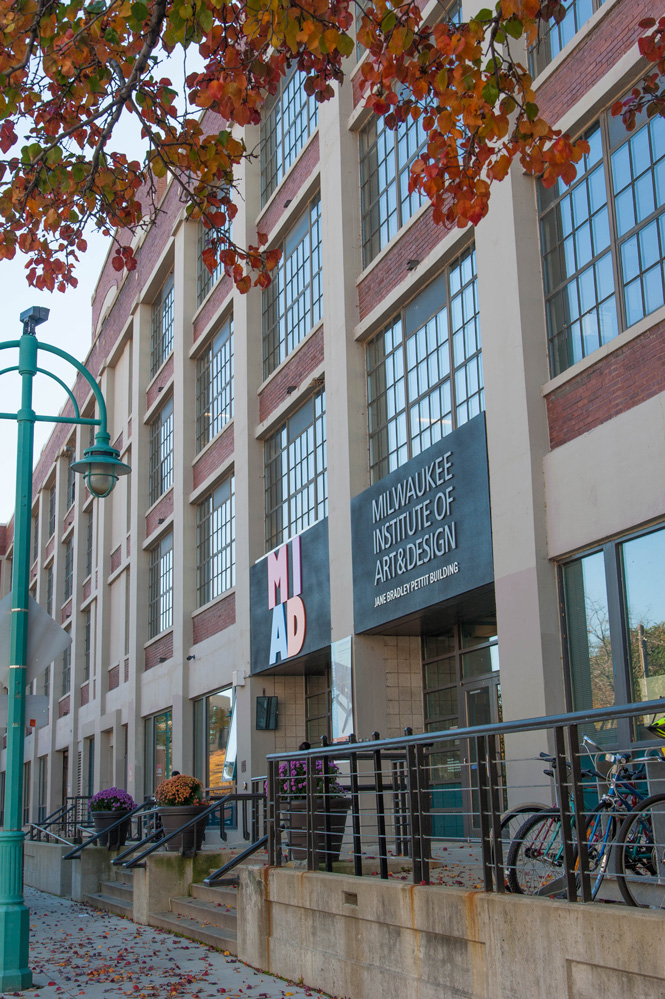Total precast concrete building systems, in which architectural and structural precast, prestressed concrete components combine to create the entire building, are becoming the format of choice for many construction teams.
This design approach can take several forms, including precast columns and beams with panelized cladding or load-bearing precast walls and double-tee or hollowcore flooring. In any format, the advantages benefit every member of the construction team – especially the owner, whose goals are always paramount.
Speed to market: Developers who use total precast systems say it saves the project six to eight weeks compared to steel and even more when compared with cast-in-place concrete. That savings can be critical in bringing a new building into a competitive market, or in meeting a tenant’s need for occupancy on a specific date. As permitting and decision-making processes slow, total precast system’s speed helps keep projects on track.
The scheduling advantages result from several factors that grow through the process:
One-stop shopping secures much of the building’s shell in one efficient, contractual relationship.
The ability to begin fabrication while permitting and site work are completed allows precast concrete to begin erection as soon as foundations are complete.
Designers find precast systems easier to design, thanks to aid from the precaster’s engineering.
Precast components can be erected in winter conditions, maintaining tight schedules.
With total precast systems, speedy erection allows the contractor to enclose the building quickly, giving interior trades faster access.
Precast’s inherent fire resistance eliminates the messy and time-consuming work of fireproofing a steel structure and then repairing it as other trades finish.
Strong image: Precast concrete panels offer a wide range of styles and can be produced in a variety of colors, textures and finishes. They can replicate granite, brick or stone, achieving a strong, institutional image at a fraction of the cost.
High quality: PCI-certified precast concrete fabricators must undergo two annual, unannounced inspections that review more than 120 production and quality-assurance processes. The tight control ensures components are produced with uniform consistency.
Low maintenance: Precast panels require less maintenance than other materials. Incorporating the architecture into the structure enlarges panel sizes, minimizing the number of joints. This significantly reduces the chance for water penetration that can weaken a structure and cause unsightly staining and mold problems.
Effective pricing: Because of precast concrete’s tightly controlled and shorter production process, costs can be more accurately estimated earlier in the process. Parallel effort by precast engineering ensures that estimates remain stable, assuring the contractor, owner and design team that the budget is sound.
Safety: In-plant casting keeps the site cleaner and eliminates trades from the construction zone, improving logistics and enhancing worker safety. The ability to provide a clean site is particularly vital on existing campuses and in dense urban area, where adjacent businesses can maintain near-normal activities.
Early input: Precast manufacturers support design and coordination efforts as early as half-way into schematics. The precast can ensure the building takes full advantage of state-of-the-art fabrication and connection techniques. This input allows the project to remain cost-effective and efficiently designed.
Concrete systems mean success. The benefits offered by total precast concrete systems accrue to the owner, architect, general contractor and structural engineer’s bottom lines – and ultimately benefit the end user. The system provides an efficient design, cost effectiveness and a strong, durable appearance that will maintain its image throughout a long service life.
Key Benefits:
Speed to market
Design flexibility
Aesthetic versatility
High quality
Low maintenance
Environmentally-friendly
Strong engineering support
Single-source supplier
- Information courtesy of PCI.





